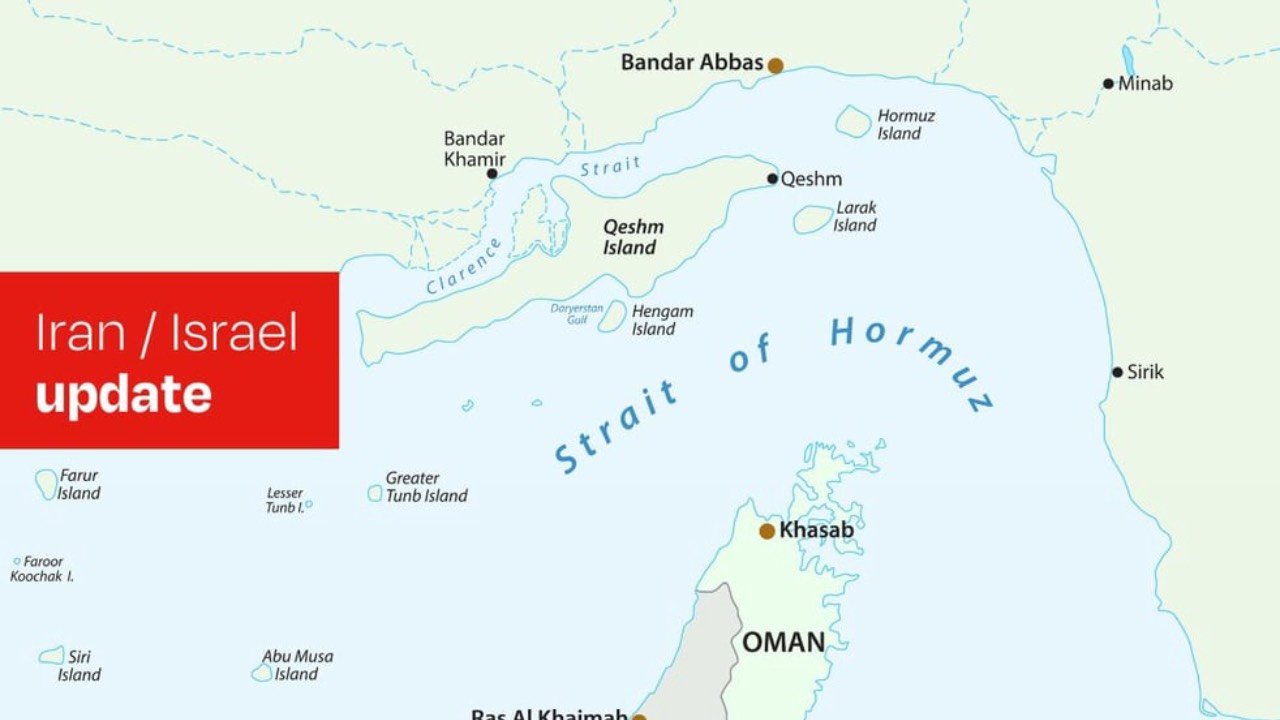
Iran issued a stark warning that it would retaliate against US, UK, and French forces should they intervene in its conflict with Israel. This was followed by preparations for diplomatic evacuations in Iraq and the withdrawal of nonessential Western personnel from Bahrain and Kuwait, signalling just how rapidly the situation could deteriorate.
The Joint Maritime Information Center (JMIC) and UK Maritime Trade Operations (UKMTO) have raised the threat level for commercial shipping to SIGNIFICANT, citing concerns over direct and proxy attacks, as well as electronic warfare tactics like GPS jamming and AIS spoofing – particularly around Bandar Abbas.
Although the Strait of Hormuz remains open, traffic has declined dramatically. The number of cargo-carrying vessels transiting the Strait dropped from 147 on 9 June to just 111 by 15 June, an indication that shipowners are adopting a more cautious approach amid rising geopolitical risks.
There have been no direct attacks on commercial vessels to date, but the threat profile includes a broad spectrum of potential tactics:
Vessels with perceived affiliations to the US, UK, France, or Israel are particularly vulnerable. Misidentification could be catastrophic, especially in high-traffic areas with disrupted AIS visibility, such as the waters north of Dubai and Sharjah.
Currently, the main threat to international shipping is collateral damage, which may change should the US and other countries become involved, or should the conflict escalate to a level where the Iranian regime is significantly threatened.
While Iran’s direct reach into the eastern Mediterranean remains limited, proxy actors such as Houthi forces in the Red Sea may widen the conflict. Drawing from their attacks on over 55 vessels since November 2023, any spillover could include targeted disruptions at strategic chokepoints like the Bab el-Mandeb Strait.
In the coming weeks, the breakdown of nuclear negotiations and Iran’s non-compliance with IAEA inspections could trigger further Israeli strikes, intensifying maritime risk in a region already on edge.
Maintain heightened awareness and adopt the following best practices:
Maintain vigilant lookouts for UAVs, floating mines, and fast-approaching craft.